Measuring blood pressure may seem simple, but small mistakes can lead to misleading results.
Here are the most important things to know if you want accurate readings at home.
Measure both arms first
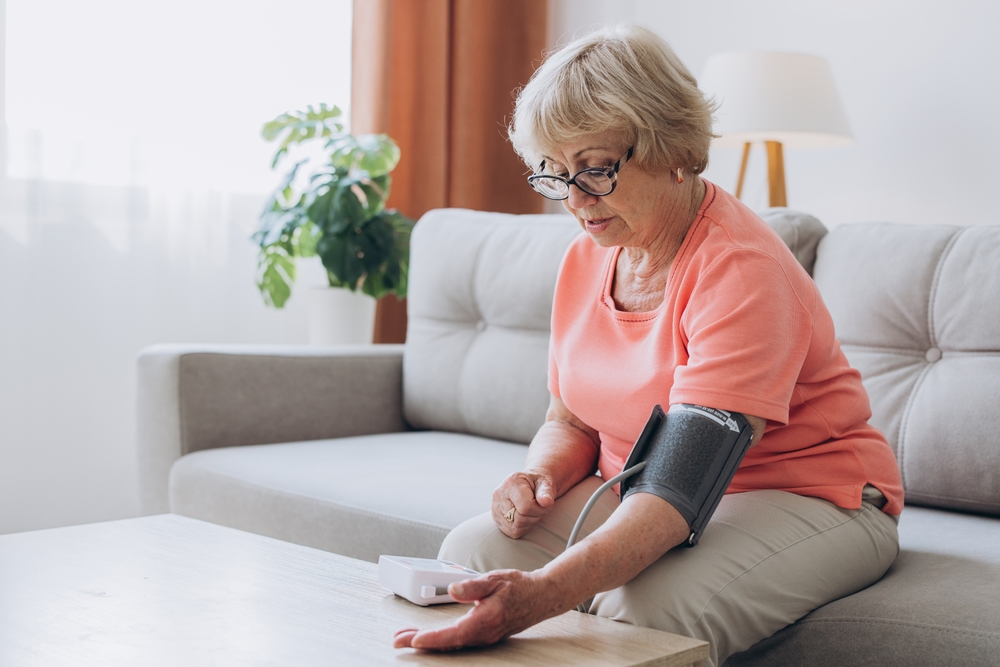
Always start by measuring your blood pressure in both the left and right arm.
This helps you identify which arm gives the higher reading, which you should use going forward.
Also read: From Night Owl to Morning Person: How to Reset Your Body Clock
The right arm may read slightly higher
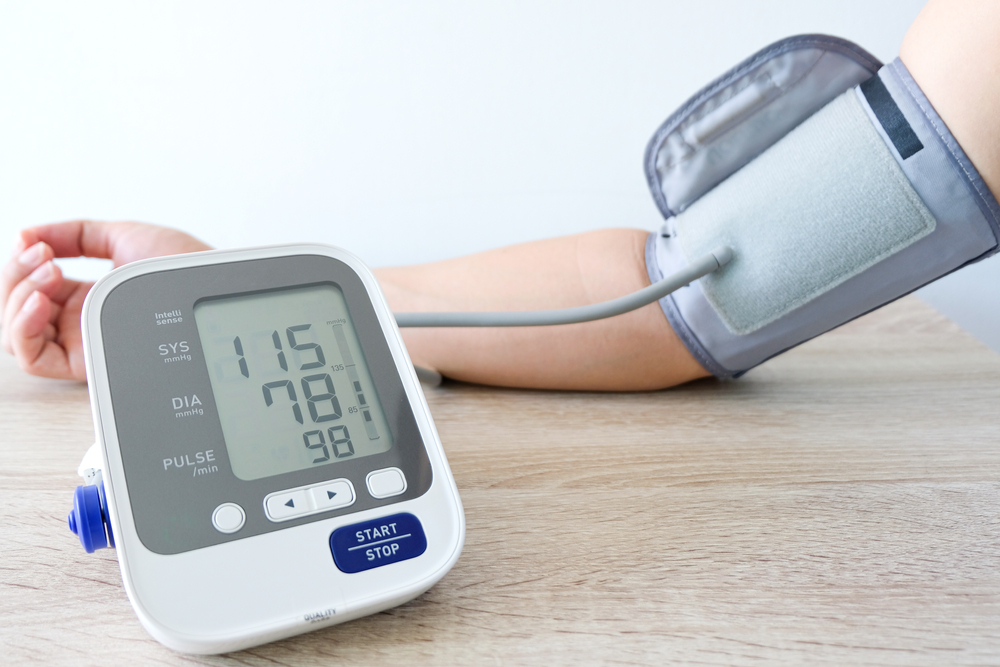
For many people, the right arm shows a slightly higher blood pressure than the left. This is normal if the difference is under 5 mmHg.
Take differences over 10 mmHg seriously

If you repeatedly measure a difference of 10 mmHg or more between arms, it could be a sign of issues such as atherosclerosis or narrowing of the arteries.
Always use the arm with the highest reading
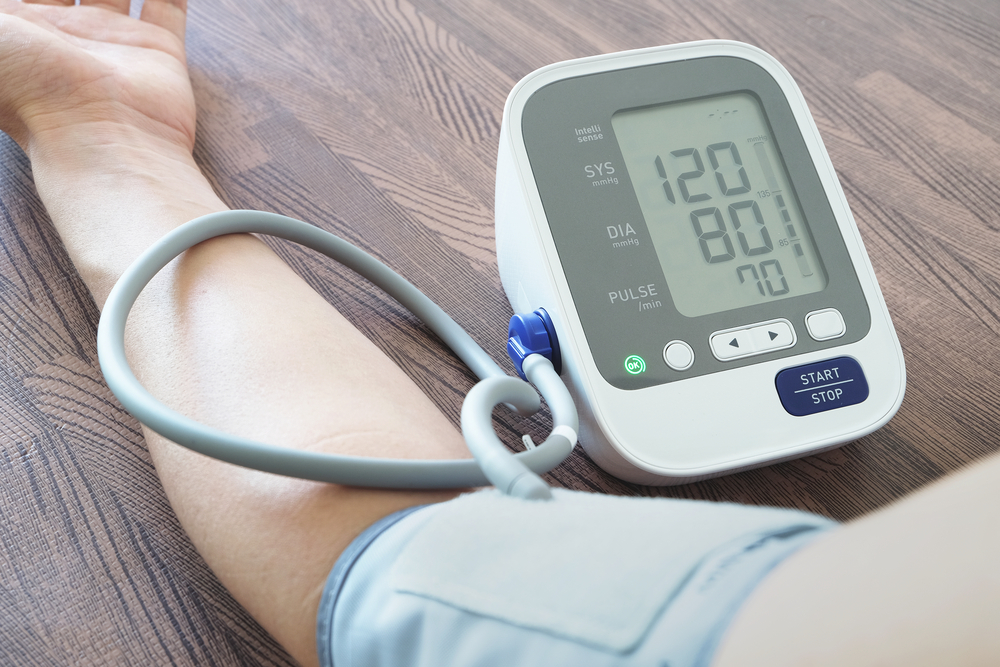
Once you’ve determined which arm consistently shows higher blood pressure, use that one for future measurements to avoid underestimating your blood pressure.
Relax before measuring
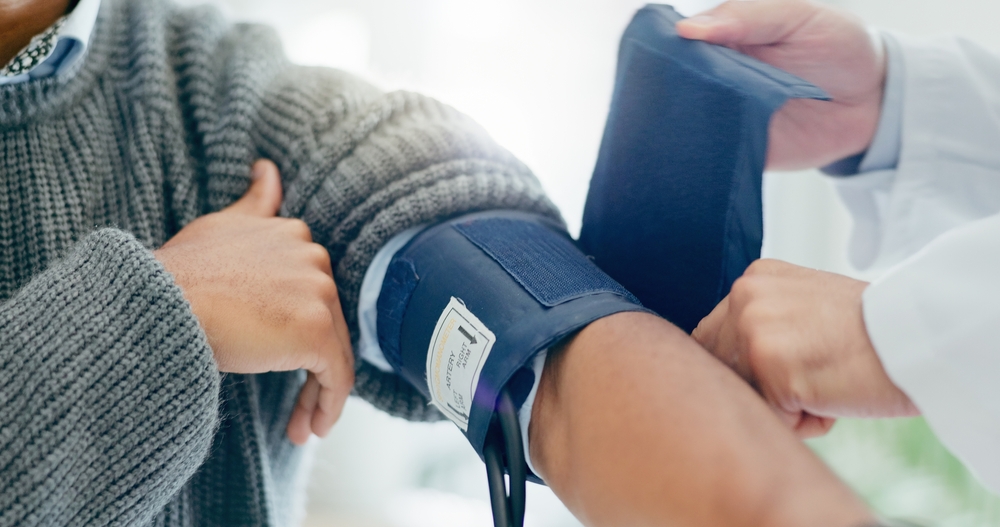
Sit comfortably, support your arm, and make sure your elbow is at heart level. Stress and tension can cause a falsely high result.
Also read: Breakthrough: Virus Once Thought Benign Can Fuel Skin Tumors
Avoid coffee and cigarettes before measuring

Caffeine and nicotine can temporarily raise blood pressure, so wait at least 30 minutes after consuming them before taking a reading.
Don’t talk during the measurement
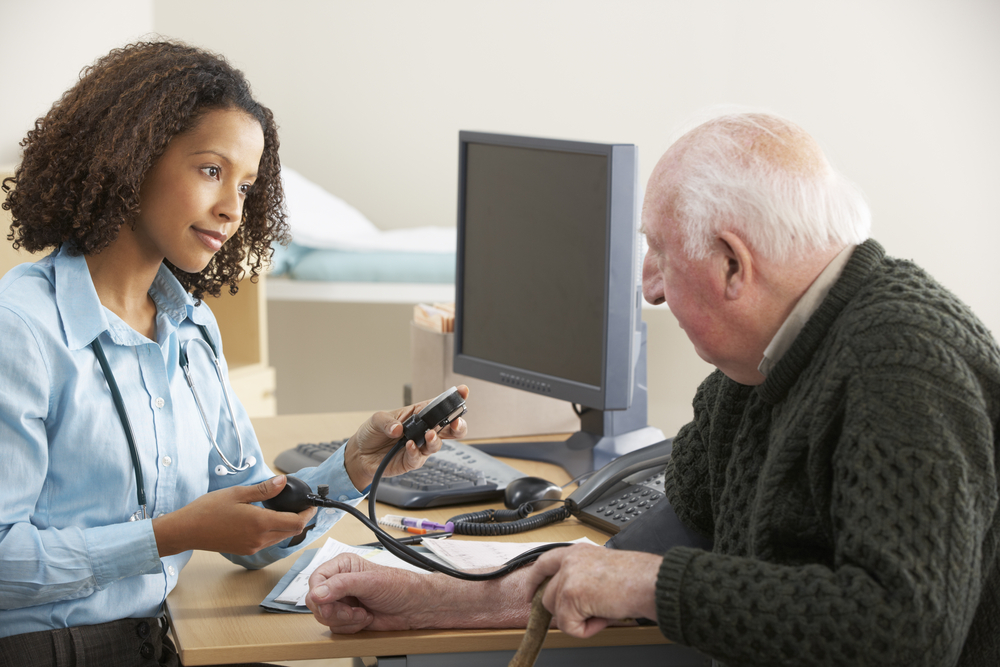
Even small conversations can alter the pressure in your body and give an inaccurate reading. Sit quietly while the measurement is in progress.
Measure on bare skin

Place the cuff directly on your skin. Measuring over clothing can interfere with accuracy.
Take multiple readings

If there’s more than a 5 mmHg difference between the first two measurements, it’s a good idea to take a third one to ensure accuracy.
Also read: Do You Want More Energy and Less Stress? Then You Might Want to Wake Up Earlier
Measure both morning and evening
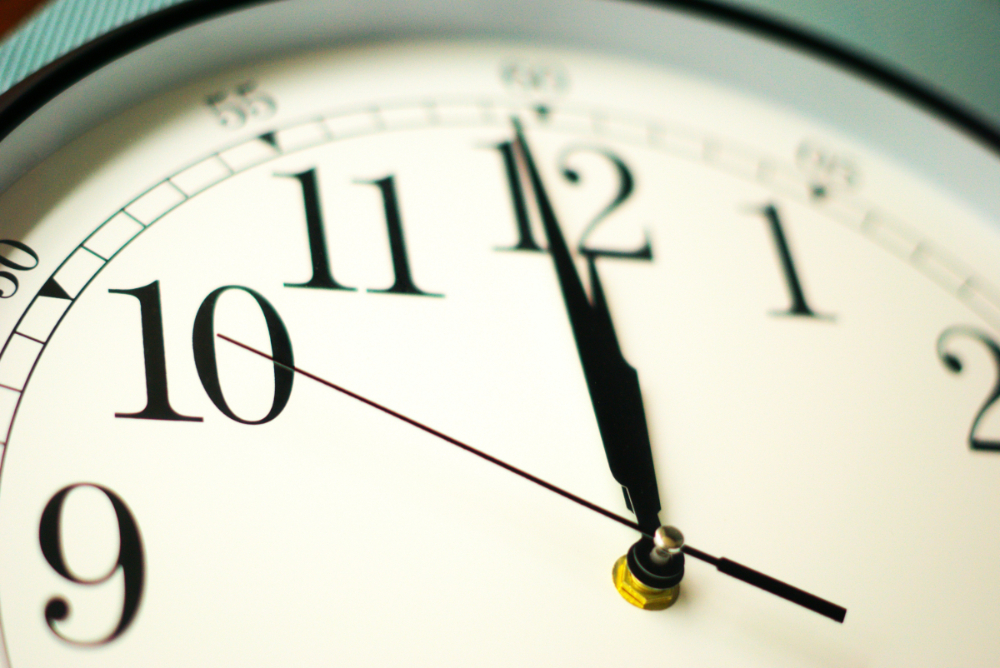
Blood pressure is typically highest in the morning and lower in the evening. For an accurate overall picture, measure at both times of day.
Maintain correct body position

Sit with your feet flat on the floor and your back straight. Crossing your legs or leaning forward can result in a falsely high reading.
This article is based on information from Kiskegyed.hu.
Also read: New breakthrough: How Alzheimer’s can be detected before symptoms appear
Also read: How to Eat Less Sodium – Without Compromising on Flavor
